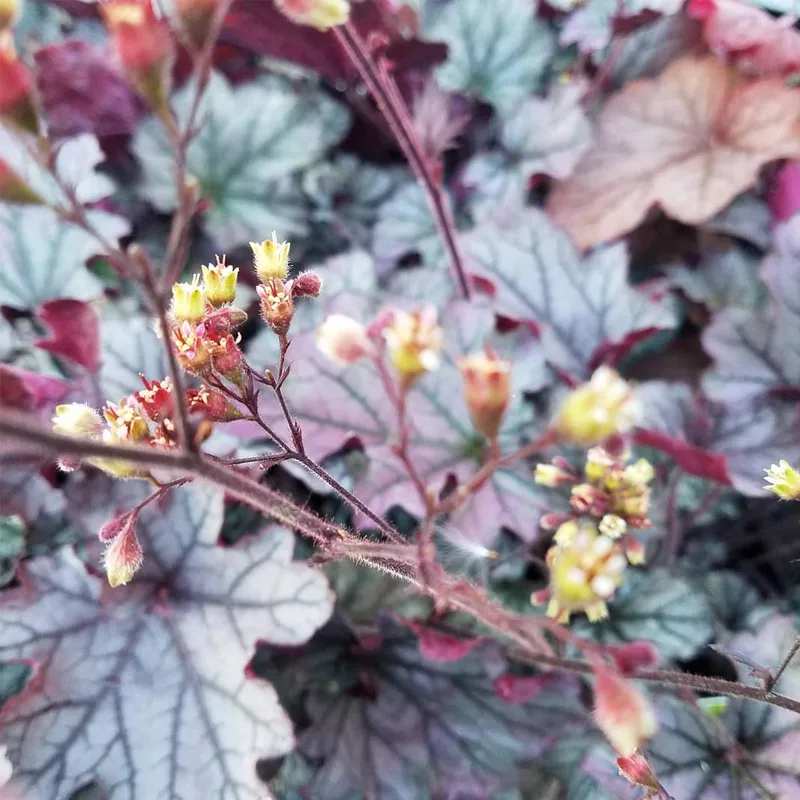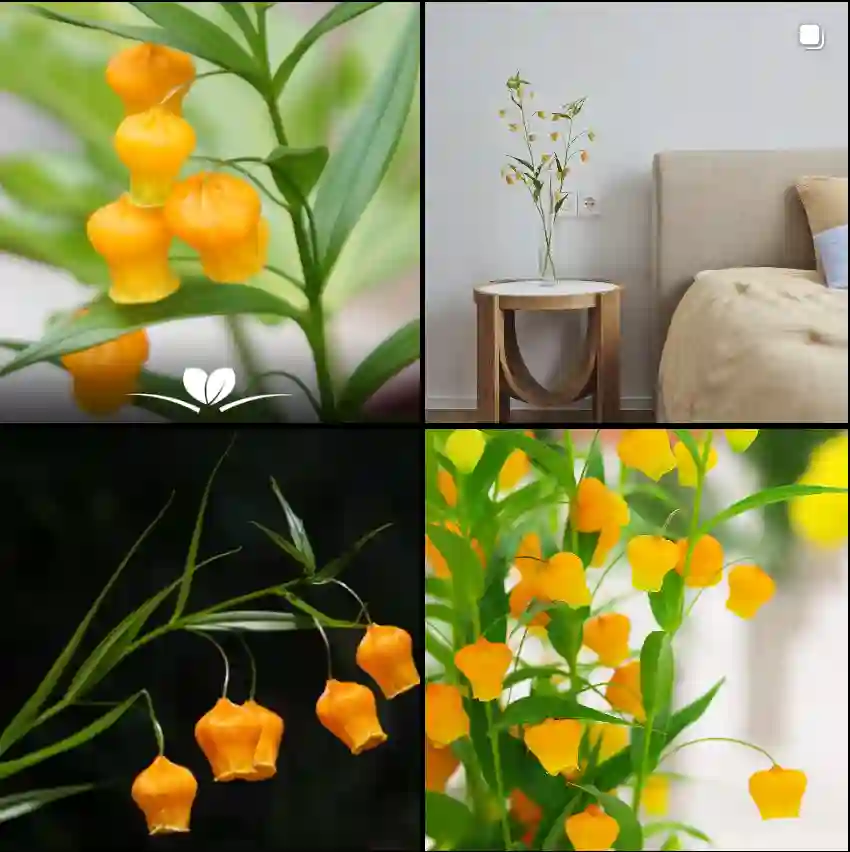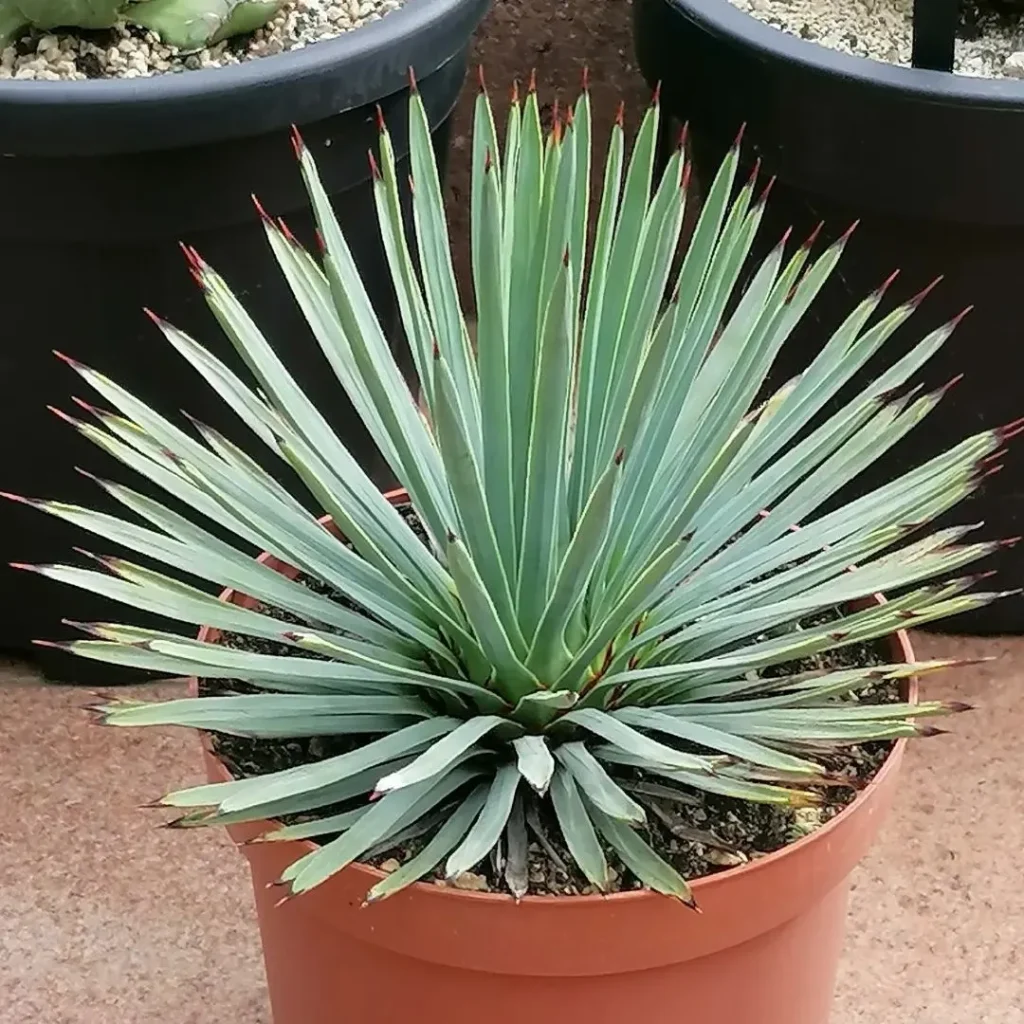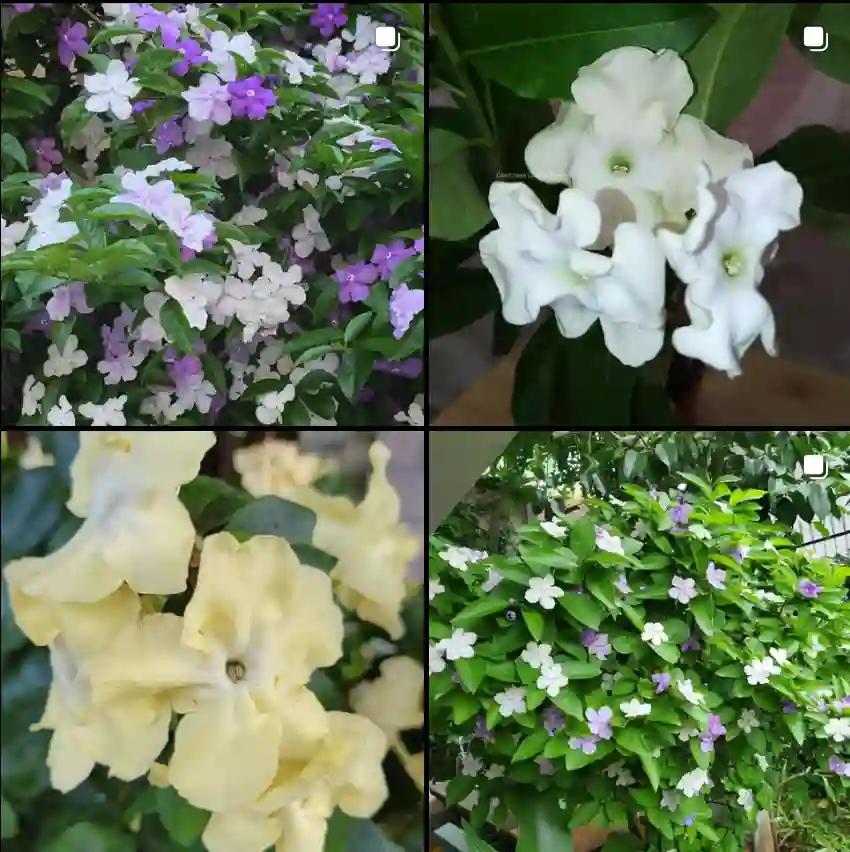What is Viburnum Farreri?
Viburnum Farreri, also known as Fragrant Viburnum, is a deciduous shrub admired for its early spring blooms and delightful fragrance. This plant typically flowers in late winter or early spring, with clusters of small, tubular pink or white flowers that attract pollinators. The leaves, which start out bronze in the spring, turn deep green and then reddish-purple in the fall. Native to northern China, Viburnum Farreri is often a favorite in gardens for its resilience and beauty across multiple seasons.
206 Species in Genus Viburnum
Can Viburnum Farreri Be Found in Illinois?
Yes, you can find Viburnum Farreri in Illinois, particularly in nurseries or garden centers that cater to ornamental and hardy shrubs suitable for temperate climates. Although it is not native to the region, it adapts well to the growing conditions in Illinois, which include cold winters and relatively warm summers. In fact, Viburnum Farreri is hardy in USDA zones 5 through 7, making Illinois an ideal environment for this shrub to thrive.
Where to Buy Viburnum Farreri?
If you’re wondering where to buy Viburnum Farreri, I suggest checking local nurseries and garden centers in your area. In Illinois, many garden stores stock this shrub in the spring and fall planting seasons. Online plant retailers are another excellent option, especially if you’re looking for a specific variety. A quick online search should lead you to various options, including specialized vendors who ship directly to your home.
How to Care for Viburnum Farreri?
Caring for Viburnum Farreri is straightforward, which is part of what makes it such a popular shrub for home gardens. It prefers full sun to partial shade, with well-draining soil. I recommend planting it in a spot that gets at least six hours of sunlight a day for optimal blooming. In terms of water, ensure the soil stays consistently moist, especially during the first year of growth. Once established, this shrub is relatively drought-tolerant but still benefits from regular watering during dry spells.
Pruning is best done right after flowering to maintain its shape and encourage vigorous new growth. Removing dead or damaged branches can also help the plant remain healthy. It doesn’t require much fertilizer, but a balanced, slow-release fertilizer in the early spring can give it a boost.
How to Propagate Viburnum Farreri?
Propagating Viburnum Farreri can be done through hardwood cuttings or seeds. For cuttings, I find the hardwood method easiest. During late fall or early winter, cut a 6-8 inch piece from the current season’s growth. Dip the cut end in rooting hormone and plant it in a well-draining potting mix. Keep it in a cool, sheltered location and mist regularly. With patience, the cutting will root in a few months.
You can also propagate Viburnum Farreri from seeds, but the process takes longer and requires cold stratification to break seed dormancy.
Can Viburnum Farreri Be Grown Indoors?
Viburnum Farreri is not typically suited for indoor growth due to its size and need for ample sunlight. In ideal conditions, it can grow up to 10-12 feet tall, making it far too large for most indoor spaces. This shrub thrives best when planted outdoors where it can stretch its roots and take full advantage of natural light and weather patterns.
Is Viburnum Farreri Toxic?
Viburnum Farreri is generally considered non-toxic to humans and pets. However, like many plants, it’s always a good idea to avoid ingesting large quantities of its berries or foliage. The berries, while not considered poisonous, may cause mild stomach upset if consumed. It’s always wise to supervise pets and children around unfamiliar plants.
What to Plant With Viburnum Farreri?
When planting Viburnum Farreri, consider companion plants that offer contrasting foliage or bloom times. I recommend planting it alongside spring bulbs like tulips or daffodils, which can complement its early blooms. Additionally, perennials like hostas or hydrangeas work well, providing interest during the summer and fall seasons.
Since Viburnum Farreri has an upright, somewhat sparse structure, it pairs well with more dense, spreading plants that can fill in the gaps and create a fuller look in the garden.
Common Problems With Viburnum Farreri
While Viburnum Farreri is relatively low-maintenance, it can suffer from a few common issues. One of the most frequent problems is aphid infestations, which can be controlled with insecticidal soap or neem oil. In some cases, it may be susceptible to powdery mildew, especially in areas with poor air circulation. I recommend spacing your plants appropriately and ensuring good airflow to prevent fungal diseases.
Benefits of Viburnum Farreri
The benefits of Viburnum Farreri are numerous. Aside from its fragrant, early-spring flowers, it offers year-round interest with its seasonal foliage changes. It’s a pollinator-friendly plant, attracting bees and other beneficial insects when in bloom. The shrub also adds structural beauty to gardens, making it ideal for mixed borders or as a specimen plant.
How Does Viburnum Farreri Compare to Other Similar Species?
Viburnum Farreri is often confused with Viburnum Carlesii, also known as Korean Spice Viburnum. Both species share fragrant flowers and a similar growth habit, but there are subtle differences. Viburnum Carlesii generally has more compact growth and larger flower clusters. Meanwhile, Viburnum Farreri tends to bloom earlier and has more upright growth.
Compared to Viburnum Tinus, Viburnum Farreri has more striking fall foliage and a stronger fragrance, whereas Viburnum Tinus is evergreen and often blooms in winter.
Viburnum Farreri is a beautiful, low-maintenance shrub that brings early spring color and fragrance to gardens. Whether you’re in Illinois or another suitable growing zone, it’s a fantastic addition to any landscape, offering visual appeal across the seasons.
If i die, water my plants!



